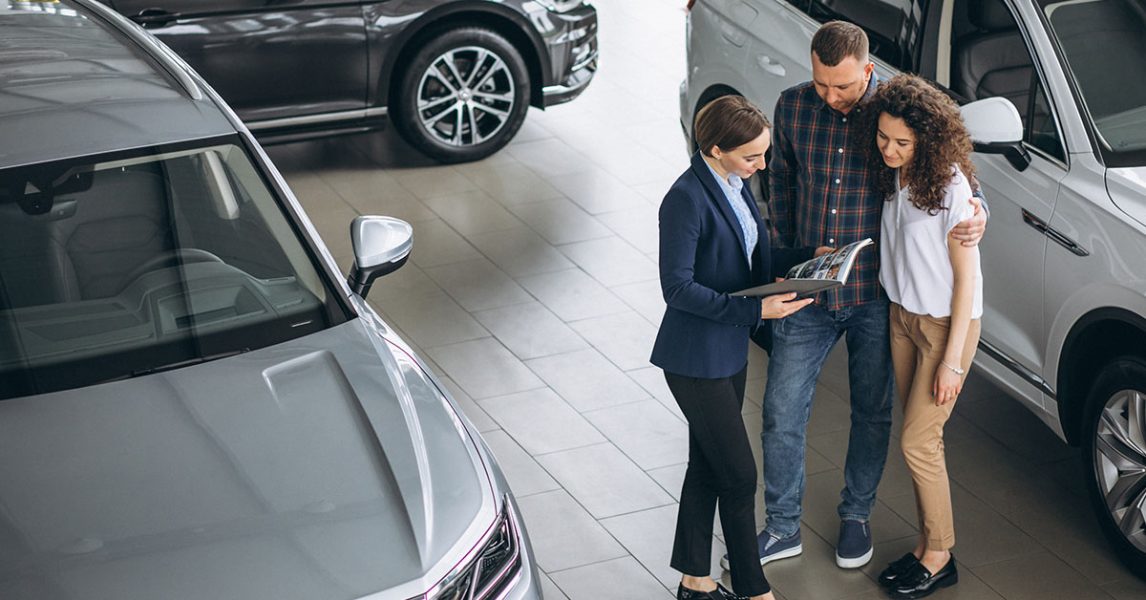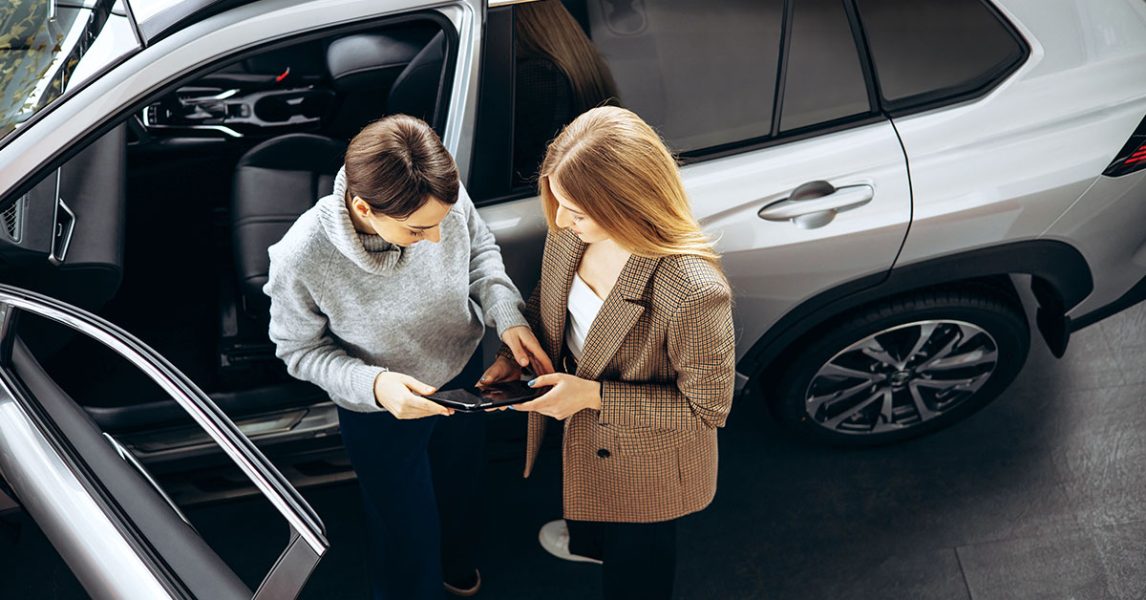
The cost of living: should I buy a house or a car?
For your employeesCost-of-living pressures are something a vast majority of us are experiencing at present – some more than others. The effects are strong enough to be felt in across-the-board spending, including a shift in the (once) Great Australian Dream of purchasing a house on a quarter-acre block and a nice new car to fit the family for holiday road trips.

For many, it now comes down to a choice: Should I buy a house or a car?
But before we tackle that question, let’s look at the economic climate that’s behind it all.
Our economic pickle
In the May 2024 Budget, Australian Treasurer Jim Chalmers announced a higher-than-anticipated surplus for the 2023-24 financial year of $9.3 billion – courtesy of commodity prices and personal income tax receipts. Despite this surplus, which most analysts predict will be the last one seen for years, the Treasury anticipates economic growth to rise from 1.75% in 2023-24 to 2% in 2024-25; a 25 basis-point rise over the financial year.
When it comes to cost-of-living pressures, the outlook is for relief, but there’s a range of opinions on how fast—and the extent to which—relief will be felt in our hip pockets.
The Budget papers show the rate of inflation for 2023-24 was 3.5% and anticipate it to fall to 2.75% across the 2024-25 financial year. Meanwhile, the Reserve Bank of Australia in its May Statement on Monetary Policy, noted inflation was unlikely to reach its target range of 2–3 per cent before the second half of 2025, suggesting little, if any, immediate relief from the effects of inflation on the economy and consumers.

It’s no surprise there’s little sign of immediate relief in the cost-of-living squeeze for households paying off a mortgage. At its May 2024 meeting, the RBA left the cash rate unchanged, warning they weren’t seeing any compelling evidence that a cut in interest rates was warranted.
So, while homeowners seem safe from further interest rate rises, the RBA has poured cold water on any hopes of rate reductions on home loans, which only consolidates the ‘pricing out’ of many first homebuyers from a white-hot property market.
Many economists believe this will see employees dealing with the ongoing impacts of inflationary pressure by tightening household spending even further. Bigger purchases are likely to come under greater scrutiny; ultimately being put on hold or, if this economic trend becomes entrenched in our psyche or ‘Australian way of life’, taken off the table altogether.
Who’s spending (or not spending) on what?
According to CommBankIQ, the cost of living is hitting younger Australians the hardest. As Johanna Leggatt reported in Forbes, IQ data showed that spending by people aged between 25 and 29 years old contracted by 3.5% in the first part of 2024, compared to the same time last year.
“Most notably, expenditure on travel and household goods fell by 10%,” she wrote. “Supermarket [spending fell] by 4% and insurance by 3% with some younger Aussies giving up health insurance or lowering their levels of cover.”
The same data indicates the pain isn’t being felt universally. Younger Australians are cutting back through necessity, while Australians over the age of 65 increased how much they spent on dining and eating out (up 7%), discretionary travel (10%), insurance (10%) and utilities (4%)” over the same period.
Renters haven’t been spared either, with Leggatt noting that April 2024’s HSI CommBank report found “renters had increased their spending by a meagre 1.3% over the past 12 months. In contrast, those with mortgages increased their [spending] by 4.5% and those who owned their home outright by 6.3%.”
Bricks & mortar, or a car?
It goes without saying, that with the economic crunch, the dream of owning a home is fast becoming beyond the reach of young Australians.
In Quarterly Essay 92, Alan Kohler wrote that, when he and his wife bought their first family home in suburban Melbourne in 1980, the median house price was $40,000 or 3.5 times his annual salary. As of August 2023, he said, “The median Australian house price was $732,886, which was 7.4 times annualised average weekly earnings. In other words, my children – and all young people today – are paying more than twice the multiple of their income for a house than their parents – and their grandparents – did, and it’s only vaguely possible because both partners work to pay it off.”
As increasing numbers of young Australians are finding it harder to afford their first dwelling, renting is becoming more of a life-long proposition than in previous generations. But even then, renting is proving increasingly precarious and more expensive due to the large numbers of property investors and an undersupply of rental stock.

So, what about the other traditionally big purchase in Australia: a motor vehicle? Given some people may now consider a bricks & mortar property out of reach, owning a car could be the big purchase that remains viable. Or does it?
While markedly different to purchasing property, spending hard-earned cash on a new car doesn’t come without its own risks. After all, a car is a depreciating asset, and, no matter what the age of the vehicle, there are ongoing costs that come with keeping it on the road – such as rego and CTP, tyres, servicing and insurance.
Another consideration is new technology and the speed (no pun intended) with which this technology is superseded. Think about safety ratings, efficiency standards and driver aids (like lane-assist, speed control, infotainment systems and sat-nav), or the much bigger picture of EV development and vehicles powered by alternative energy sources. It’s becoming progressively difficult to justify dropping north of $60,000 when there’s uncertainty over the value of that asset – not just at the end of a five-year loan term, but even 12 months after driving away from the dealership.
Understandably, people are looking more closely at transport alternatives, and the status associated with owning a car is shifting with the rise of sustainability concerns. How can a car be justified when we’re in the grips of a climate crisis? Car sharing, car leasing – and even car subscription services in the right circumstances – are all anticipated to grow to varying degrees as we move away from the assumption of car ownership.

The appeal of novated leasing
As an employer, offering novated leasing is one way to provide your employees with relief from current cost-of-living pressures and enjoy the satisfaction that driving a motor vehicle can still provide. Given employees are able to package up the cost of servicing and repairs, registration, insurance and their lease payments in their pre-tax earnings, take-home pay is increased, giving them more in their pockets to contribute to weekly expenses. Choose an eligible electric vehicle and the savings are even greater.
A novated lease doesn’t require a large investment on the part of your organisation or employees to enjoy a new vehicle. The leasing company applies its expertise, insights and data to calculating the likely value of the car at the end of the contract, allowing drivers to plan to upgrade to the latest in vehicle safety standards, new car technology and state-of-the-art motoring every few years.
In many ways, having an employer who offers a novated leasing option can be the smarter choice for people today who could benefit from having a car as part of their household.

In conclusion
Economic data suggests, that even with slowing inflation and a small rise in economic growth, there’s no immediate relief in sight from the current cost-of living pressures facing Australians. Housing affordability — be it in the form of a mortgage or a lease — is at its most precarious, forcing many people to delay or permanently shelve this purchase. And the other traditionally large outlay of a new car comes with its own question marks.
HR professionals have an opportunity to provide some relief – and to help their organisation increase staff retention rates and attract high-performing talent – by contributing to employees’ take-home earnings and giving them a car in the process. The answer is novated leasing.
Talk to SG Fleet about offering an effective novated leasing program to your employees.
 Driving Insights
Driving Insights




